Throughout history, dogs have played many crucial roles in human societies, and the Middle Ages were no exception. In this period, medieval dog breeds were far more than just pets; they served invaluable purposes, such as hunting, herding, and guarding. Many of these ancient breeds still exist today, and they offer a fascinating glimpse into the lives of people and canines during medieval times.
We have found that certain breeds were especially popular due to their diverse skillsets. For instance, the aristocrats of medieval dogdom were the greyhounds, which were used for hunting and as a symbol of nobility. Dogs like the mastiffs and spaniels were also prevalent, serving as both protectors and companions to their human counterparts.
In the following paragraphs, we will delve deeper into the characteristics, histories, and unique qualities of these medieval dog breeds. As we explore these ancient canines’ stories, we will discover just how influential they were in shaping our relationship with dogs today.
Origins of Medieval Dog Breeds
When we think of medieval dog breeds, an array of fascinating and diverse canines come to mind. Dogs played an essential role in the lives of people during the Middle Ages, providing companionship, protection, and assistance in various tasks. In this section, we’ll explore the origins of some of these ancient breeds and discover their unique traits.
The Hovawart, for example, has its roots in medieval Germany, where it quickly gained popularity among the nobility. This breed’s German name roughly translates to “yard watchman,” as they were initially developed to serve as watchdogs for both human and animal populations.
Greyhounds also held a special status within medieval dog breeds, with the term encompassing a range of sight hounds, from the massive Irish wolfhound to the tiny Italian greyhound. These swift and graceful dogs were highly regarded, often considered suitable gifts for princes. They were well-known for their remarkable intelligence and bravery, as seen in many stories about them during that time.
Another intriguing medieval dog breeds is the Tibetan Terrier. Unlike most ancient breeds, this canine was not bred as a hunting dog but rather as a companion animal. Created around 2,000 years ago, these sensitive and clever dogs were known to amuse and keep company to their owners.
While not all modern dog breeds have direct ties to the Middle Ages, some of the ancestors of today’s breeds are evident in medieval sources, including spaniels, poodles, and mastiffs. These breeds all played various roles in society, from working dogs to devoted companions, showcasing the wide variety of purposes that dogs served during the medieval period.
Sighthounds
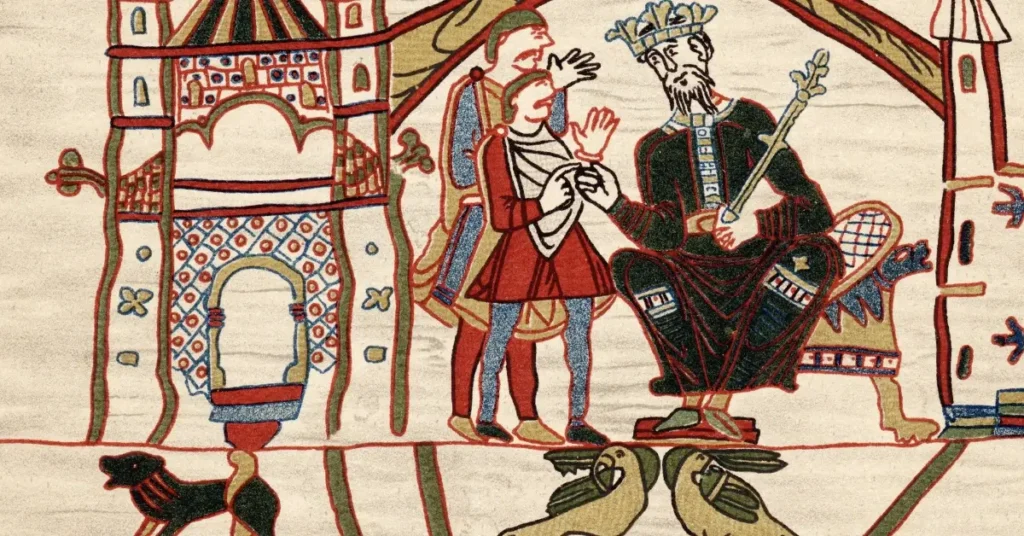
When exploring medieval dog breeds, one fascinating category is Sighthounds. These dogs are known for their remarkable speed and keen eyesight, enabling them to effectively hunt and chase down prey. In this section, we will delve into three notable Sighthound breeds from medieval times: the Greyhound, the Saluki, and the Irish Wolfhound.
Greyhound
The Greyhound is a well-known Sighthound breed, believed to be one of the oldest medieval dog breeds in history. They were highly valued during medieval times, often owned by nobility as hunting and companionship dogs. The Greyhound’s sleek body, long legs, deep chest, and powerful muscles were ideal for high-speed pursuits. Their astounding agility and stamina enabled them to maintain great speed over extended distances, making them an excellent choice for hunting game such as hare, deer, and even boar.
Saluki
Another ancient Sighthound breed is the Saluki, which originated in the Middle East and has a history spanning back thousands of years. During medieval times, the Saluki was highly prized for its remarkable speed, endurance, and uncanny ability to detect prey from far distances. These dogs were often called “Gazehounds” because of their incredible skill and precision when hunting by sight. The Saluki’s sleek, graceful appearance and dignified demeanor further contributed to their popularity among royalty and nobility.
Irish Wolfhound
The Irish Wolfhound is known for its size, strength, and power, making it a formidable force during medieval times. Originally one of the medieval dog breeds to hunt large game such as elk and wolves, this giant Sighthound was highly regarded in Ireland and throughout Europe. The breed’s immense size allowed it to effectively tackle prey much larger than itself, while its keen eyesight and impressive stamina helped it to outlast and overtake its targets. The Irish Wolfhound’s courageous and affectionate nature also made it a valued member of noble households.
Scenthounds

In our exploration of medieval dog breeds, we’ve come across some fascinating scenthounds that were valued for their incredible sense of smell. Let’s take a closer look at three prominent scenthounds from the medieval period: the Bloodhound, Basset Hound, and Beagle.
Bloodhound
The Bloodhound, known for its extraordinary scent-tracking abilities, has origins tracing back to medieval times. They were initially bred at the St. Hubert’s monastery in Belgium and were later refined in England. Bloodhounds have been used for centuries in hunting and tracking due to their unparalleled sense of smell. These dogs are also known for their endurance and ability to follow a scent for long distances.
Basset Hound
Another distinguished medieval dog breed is the Basset Hound. This breed is believed to have originated in France during the Middle Ages, where they were used for hunting small game. Basset Hounds are known for their short legs, long ears, and unique appearance. Along with a keen sense of smell, they have a calm and gentle temperament, making them ideal companions for hunting excursions and family pets alike.
Beagle
Last, but certainly not least, on our list of medieval scenthounds is the Beagle. This small, compact breed is thought to have originated in England. Beagles were highly regarded for their ability to track small game, such as rabbits, with their acute sense of smell. Much like the Basset Hound, Beagles display a friendly and outgoing temperament, which has contributed to their popularity as family pets throughout the years.
Guard Dogs

We’ve come across some fascinating stories about medieval dog breeds while exploring their roles in history. In medieval Europe, guard dogs were essential for protecting homes, goods, and livestock. Let’s take a closer look at two popular guard dog breeds from that time: the Mastiff and the Saint Bernard.
Mastiff
Mastiffs were the most valuable guard dogs during medieval times. Their “vaste, huge, stubborn, ougly, and eager” appearance made them excellent protectors, striking “fear and terror” with their “bigge barking” according to a description by Caius. Their primary role was to keep people and their properties safe from intruders and thieves. Not only that, but mastiffs also served other purposes, such as being used for hunting, herding, and even fighting alongside their masters.
Despite their fierce demeanor, mastiffs were loyal to their owners, making them the ideal companions for guarding castles and estates. Their size, strength, and courage enabled them to tackle worse-case scenarios, providing essential security for their owners during uncertain times.
Saint Bernard
Another popular medieval dog breeds was the Saint Bernard. These dogs were initially bred by monks in the Great St. Bernard Pass – a treacherous mountain pass in the western Alps, which connected Italy and Switzerland. The monks sought to train an all-purpose dog, capable of guarding their homes, pulling carts, and helping search for lost travelers in the snowy mountains.
Saint Bernards gained popularity as a working dog due to their great strength, intelligence, and amiable temperament. This large and gentle breed became well-known for their enormous size, which made them imposing figures when on the lookout for unwanted intruders. Because of their gentle nature, however, they were less likely to attack unless provoked. Throughout history, these medieval dog breeds have played significant roles in the lives of people in Europe.
Terriers
As we explore the world of medieval dog breeds, it’s fascinating to see how many of the breeds we know today have deep roots in history. Terriers, for example, played a significant role as one of the most important medieval dog breeds, fulfilling various roles such as hunting, guarding, and companionship. In this section, we will focus on two distinct and popular terrier breeds from medieval times: the Airedale Terrier and the Bull Terrier.
Airedale Terrier
The Airedale Terrier is a breed that goes back centuries and has a rich history steeped in the Middle Ages. As the largest of the terrier breeds, these dogs were prized for their agility, intelligence, and robustness. Airedale Terriers were primarily used for hunting game like rabbits and other small animals but also served as effective guard dogs in farms and rural properties.
Bull Terrier
Bull Terriers have an interesting history that dates back to the Middle Ages. Unlike the Airedale Terrier, which was bred for hunting and guarding, the Bull Terrier’s primary role was to assist butchers. Their physical strength and tenacity made them ideal for driving cattle and other animals to the slaughterhouse.
Their unique appearance, characterized by a muscular, powerful body and distinctively shaped head, allowed them to stand out among other terrier breeds. Though Bull Terriers were bred primarily for work, they were also known for their playful and affectionate nature, endearing them to their owners.
While both Airedale Terriers and Bull Terriers have evolved over the centuries, their strong connection to the medieval period sheds light on the important roles these dogs played throughout history. Today, we can appreciate the lasting impact these medieval dog breeds have made on our modern canine companions.
Spitz Dogs
As we explore medieval dog breeds, we find that some of the most fascinating are Spitz dogs. These ancient breeds, characterized by pointy ears, thick fur, and a distinctive pointed muzzle, have a long history of capturing our hearts and working alongside humans.
Norwegian Elkhound
The Norwegian Elkhound, originating in Norway, is a true example of a medieval spitz dog breed. This sturdy, faithful breed has an impressive history dating back over 6,000 years. It’s believed that Norwegian Elkhounds were used for hunting, herding, and guarding livestock during the medieval period.
We admire the Elkhound’s cleverness and courage, traits that made it an outstanding companion for the Vikings. They have a thick, weather-resistant double coat that protected them from the harsh Scandinavian winters. The Norwegian Elkhound remains a popular choice for those looking for a loyal, intelligent, and courageous dog today.
Alaskan Malamute
Another striking spitz dog from the medieval era is the powerful Alaskan Malamute. This breed initially served the native Mahlemut people of Alaska as an essential hauling and hunting companion. They used their remarkable strength and endurance to pull heavy loads across challenging terrains, making them indispensable partners during the cold winter months.
The Alaskan Malamute’s impressive double coat keeps them warm and comfortable even in extreme weather conditions. Their friendly and sociable nature made them well-suited for life in close-knit communities. Today, we still appreciate the Alaskan Malamute’s playful spirit, hardworking attitude, and affectionate demeanor, making them a beloved breed among dog enthusiasts.
Working Dogs
During medieval times, there were several dog breeds that played important roles in daily life. In this section, we’ll explore two popular medieval dog breeds, namely the Rottweiler and the Bernese Mountain Dog, and discuss the work they were known for back in the day.
Rottweiler
The Rottweiler has a long-standing reputation as a working dog, dating back to the Middle Ages. These robust, intelligent animals served various purposes, including herding livestock, pulling carts, and even serving as messenger dogs in military settings. Their strength and agility made them perfect for the demands of medieval life, and their loyalty and protective nature further contributed to their popularity as working dogs.
Rottweilers were initially bred by the Romans, who used them to herd cattle during their conquest of Europe. The breed’s name, in fact, originates from a town in Germany called Rottweil, where they gained prominence during the Middle Ages. Rottweilers’ distinct characteristics made them a valuable asset, and people in medieval times depended on them for numerous tasks.
Bernese Mountain Dog
The Bernese Mountain Dog, another medieval dog breeds, originated in Switzerland. These dogs were primarily used as working animals in the mountainous terrain, with a particular focus on herding and guarding livestock, as well as pulling carts filled with goods. Their sturdy build and calm demeanor made them ideal for these tasks, and they soon became an essential part of daily life in the Swiss Alps.
These dogs are known for their striking appearance— large size, tri-color coat, and gentle expression. While the Bernese Mountain Dogs were proficient at their work, they also provided companionship and protection for their families. This breed’s gentle disposition and devotion to their owners have stood the test of time, and they continue to be popular family pets in modern times.
Our Thoughts about Medieval Dog Breeds
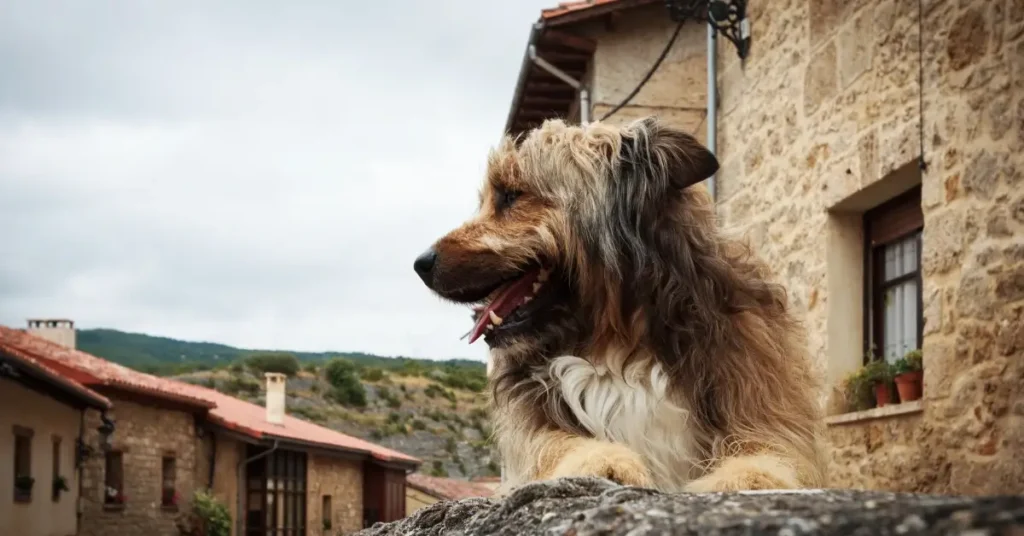
Medieval dog breeds have always captured our interest due to their fascinating history and roles they played in the past. These dogs were far more than just companions; they held vital roles in various aspects of the society at that time.
One of the most well-known medieval dog breeds is the Greyhound. Originating in the Middle East, Greyhounds eventually became staples of European art from the Middle Ages. They were primarily used as hunting dogs, showcasing their incredible speed and agility in this high sport. Today, Greyhounds still maintain their elegant appearance and impressive speed.
FAQ Medieval Dog Breeds
Were dogs used in medieval war?
The dogs employed were a blend of mastiff and deerhound. These war hounds played a strategic role in breaking enemy formations, paving a path for their allies.
Are there any ancient dog breeds?
The Basenji is a venerable hound breed originating from Africa. As one of the earliest dog breeds from Egypt, depictions of the Basenji appear in cave art from 6000 BC, and artifacts trace back to around 3000 BC. Historically, its hunting role in Africa endowed it with a self-reliance that enabled it to gather food for its human companions.
Were dogs pets in the Middle Ages?
Which animals were kept as pets during the Middle Ages? While cats and dogs were the usual companions, some individuals also had unique pets like birds and monkeys.
Whats your favorite medieval dog breeds? Let us know in the comments!
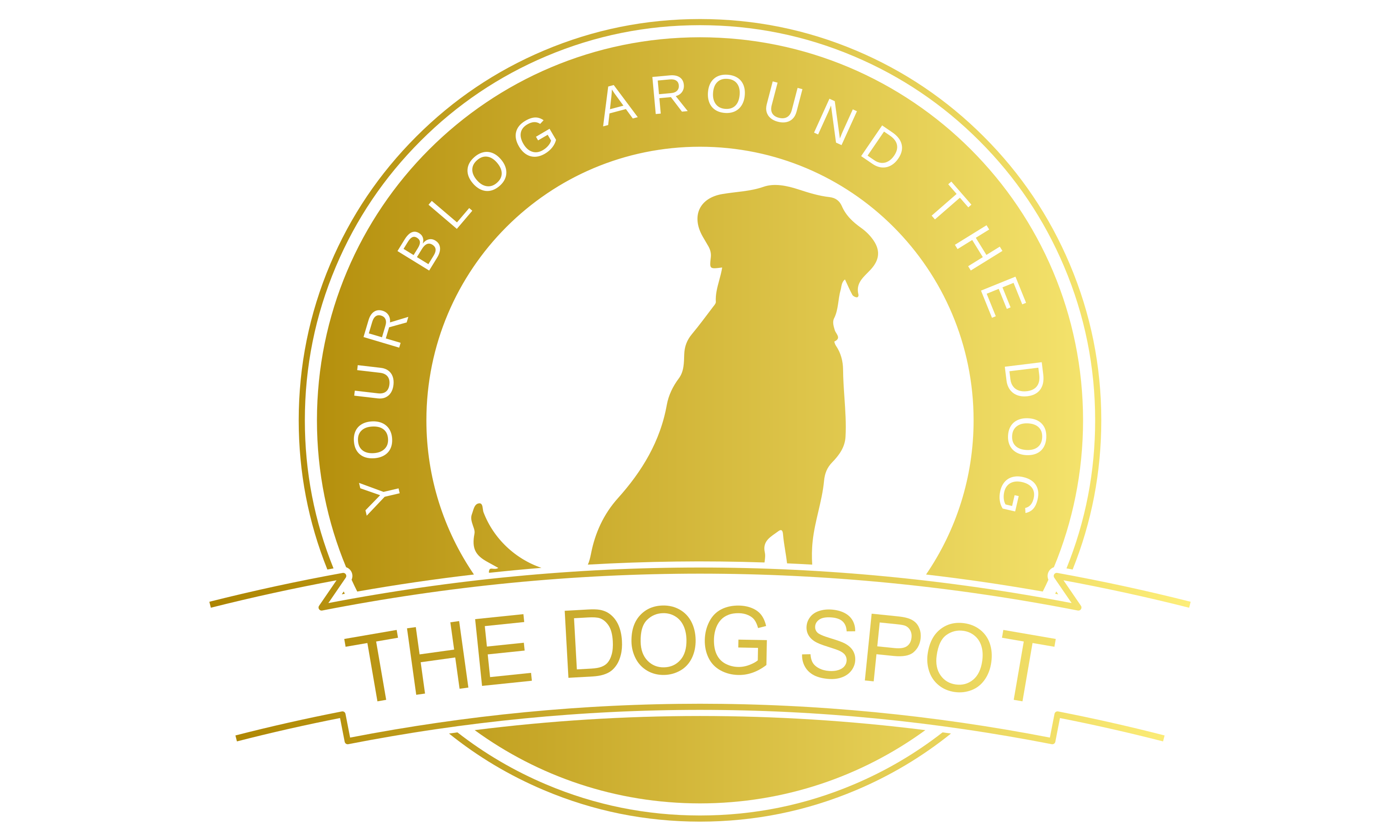
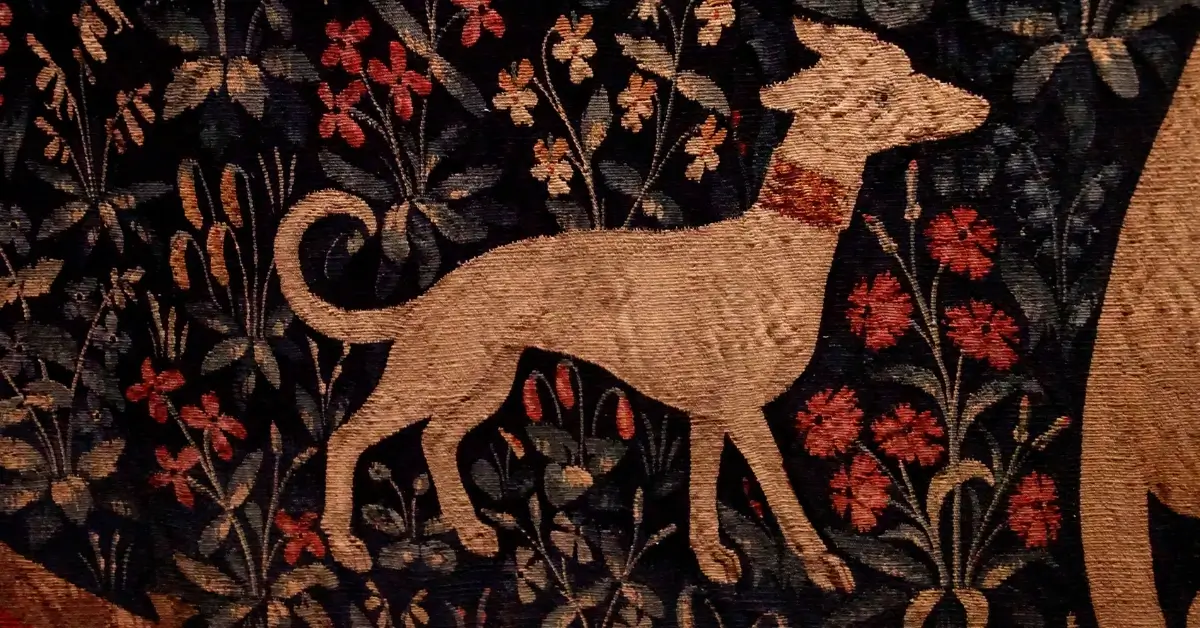

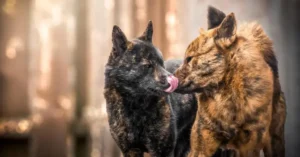
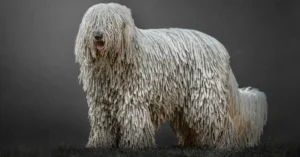

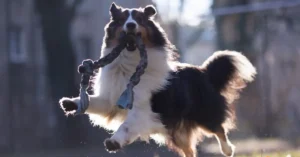

An amazing resource – thanks for compiling it! Bookmarking and sharing for future reference. Thank you for the kind mention as well 🙂